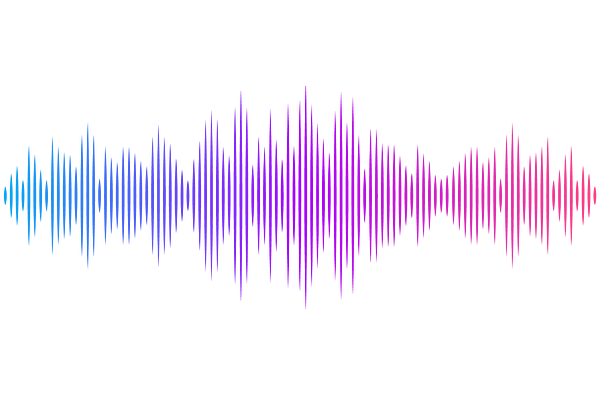Expanding the MR1 ligandome using chemical class-specific fragmentation and molecular networking

Expanding the MR1 ligandome using chemical class-specific fragmentation and molecular networking
Lecchi, C.; Vacchini, A.; Sainas, S.; Lolli, M. L.; Luedtke, M. W.; Mori, L.; De Libero, G.; Balbo, S.; Villalta, P. W.
AbstractThe identification and subsequent characterization of unknown analytes using mass spectrometry presents a long-standing challenge across many research fields, particularly when analyte levels are low and the compound class is underrepresented in mass spectral databases. We have developed a data analysis workflow for investigating classes of small molecules and demonstrated its application through the reanalysis of data collected to probe for modified nucleoside MR1-presented antigens. We reanalyzed the datasets to screen for additional classes of compounds within the MR1 ligandome using Compound Discoverer, a commercial software package designed for metabolomic analysis, featuring fragmentation filtering nodes, molecular networking, and spectral database searching. Our study identified two compound classes that bind to MR1. One class includes compounds characterized by the presence of a ribityl substructure and molecular formulas consistent with structural similarity to riboflavin, where the most abundant compound differs from riboflavin by two additional oxygen atoms and one fewer carbon atom. A second class comprises an adenosine monophosphate isomer and larger analytes that are putatively identified as consisting of di- and tri-covalently bound nucleotides. The application of our analytical approach to characterize the MR1 ligandome demonstrates the power of combining compound-class fragmentation, molecular networking, and mass spectral database searching in exploring receptor ligandomes and, more generally, identifying novel classes of compounds.